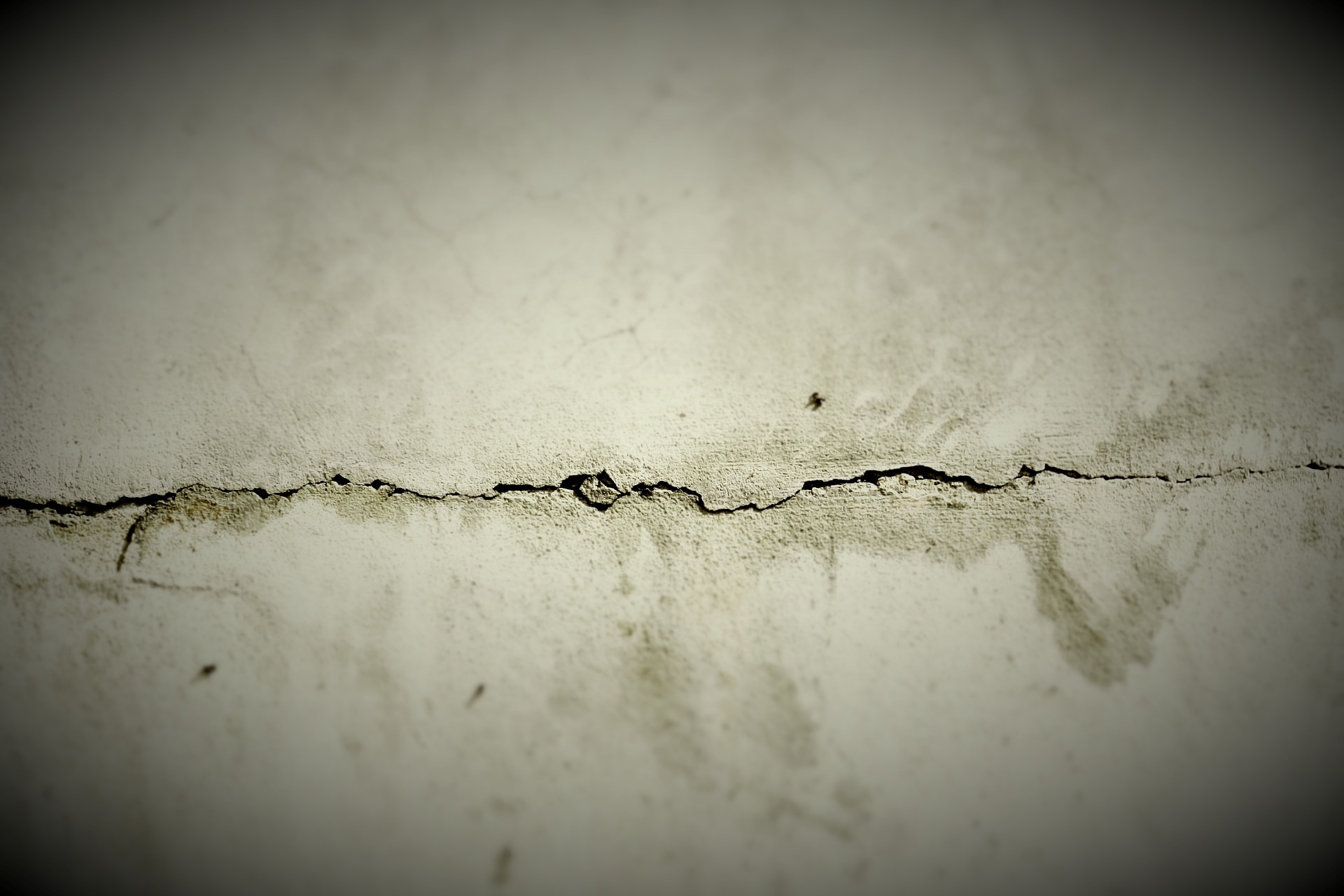Mastering Concrete Crack Repair Techniques: Essential Resources for Homeowners and Contractors in 2025
Concrete crack repair techniques are essential for preserving the integrity of residential and commercial properties. Various methods, such as crack sealing, epoxy injection, and polyurethane foam repair, cater to different severities of cracks. Utilizing high-quality products, like those from renowned brands, can enhance durability and effectiveness.

Concrete cracks are more than just cosmetic issues—they can compromise structural integrity, allow water infiltration, and worsen over time if left untreated. As we move into 2025, both homeowners and contractors have access to more advanced materials and techniques for concrete crack repair than ever before. This comprehensive guide explores essential resources, methods, and considerations for mastering concrete crack repair, ensuring lasting results for foundations, driveways, and other concrete surfaces.
Understanding Types of Concrete Cracks and Their Causes
Before attempting any repair, it’s crucial to identify the type of crack and its underlying cause. Hairline cracks (less than 1/8 inch wide) often result from normal concrete shrinkage during curing, while larger structural cracks may indicate foundation settlement or excessive loads. Temperature fluctuations cause expansion and contraction cracks, particularly in exterior concrete. Heaving cracks typically result from freeze-thaw cycles or tree root intrusion. Proper diagnosis ensures appropriate repair methods and materials are selected, preventing recurrence and addressing the root cause rather than merely treating symptoms.
Essential Foundation Crack Sealing Methods and Materials
Foundation crack sealing requires specialized approaches depending on crack width, location, and whether water infiltration is present. For non-structural hairline cracks, elastomeric sealants provide flexibility to accommodate minor movement. Hydraulic cement works well for actively leaking cracks, as it expands while curing to create a watertight seal. For structural foundation cracks, epoxy injection systems create a bond stronger than the concrete itself, effectively restoring structural integrity. Professional foundation crack sealing often employs polyurethane foam injection, which expands to fill voids while remaining flexible enough to prevent future cracking as the foundation settles or shifts. The most effective foundation crack sealing combines appropriate material selection with proper surface preparation and application techniques.
Selecting the Right Waterproof Concrete Crack Sealer
Waterproofing is often the primary concern when repairing concrete cracks, particularly in basements, foundations, and other moisture-prone areas. Modern waterproof concrete crack sealers come in several formulations, each with specific applications. Polyurethane sealants offer excellent flexibility and water resistance, making them ideal for cracks subject to movement. Crystalline waterproofing compounds penetrate concrete to form water-resistant crystals within the pores. Silicone-based sealers provide excellent weather resistance for exterior applications. Epoxy-based waterproof sealers deliver superior bonding strength for structural cracks but offer limited flexibility. When selecting a waterproof concrete crack sealer, consider exposure conditions, expected movement, and whether the crack will be visible in the finished project.
Professional Techniques to Repair Concrete Surface Damage
Beyond crack repair, addressing surface damage requires specific techniques to restore both functionality and appearance. For spalled or chipped concrete, polymer-modified cement patching compounds offer excellent adhesion and durability. Resurfacing with a concrete overlay can rejuvenate extensively damaged surfaces while providing an opportunity to update the appearance. Grinding and polishing techniques can level uneven surfaces and remove minor imperfections. For decorative concrete repair, color-matched patching materials and staining techniques ensure repairs blend seamlessly with existing surfaces. Professional concrete surface repair often involves multiple steps: cleaning, priming, patching, texturing, and sealing to ensure longevity and aesthetic consistency.
Finding Qualified Driveway Contractors Nearby
For extensive concrete repairs or complete replacements, hiring qualified professionals is often the most cost-effective approach. When searching for driveway contractors in your area, look for those specializing in concrete work with specific experience in repair techniques. Verify credentials including proper licensing, insurance coverage, and industry certifications. Request detailed portfolios showing before-and-after examples of similar repair projects. Online review platforms and local contractor associations can provide insights into reputation and reliability. Before hiring, obtain multiple detailed estimates that specify materials, preparation methods, and warranty information. Local contractors familiar with regional soil conditions, weather patterns, and building codes typically provide more effective long-term solutions for concrete driveway repairs.
DIY vs. Professional Driveway Concrete Patch Solutions
Homeowners often face the decision between DIY repairs and hiring professionals for concrete patching projects. DIY concrete patch products have improved significantly, with pre-mixed formulations offering reasonable results for minor repairs. Professional-grade materials typically provide superior bonding strength, durability, and finish quality but require more technical knowledge to apply correctly. The scope of damage is a primary consideration—hairline cracks and small chips are often suitable for DIY repairs, while structural issues, large cracks, or extensive surface damage typically warrant professional attention. Cost considerations extend beyond materials to include specialized tools, proper surface preparation, and the value of warranty protection offered by professional contractors.
Here’s a comparison of common concrete crack repair options available in 2025:
| Repair Method | Best For | Average Cost Range | Durability | DIY Difficulty |
|---|---|---|---|---|
| Epoxy Injection | Structural cracks | $300-$800 per crack | 20+ years | Advanced |
| Polyurethane Foam | Active water leaks | $400-$1,000 per area | 10-15 years | Professional only |
| Hydraulic Cement | Small, active leaks | $20-$50 per application | 5-7 years | Moderate |
| Elastomeric Sealant | Moving/hairline cracks | $8-$30 per tube | 5-10 years | Beginner |
| Concrete Resurfacing | Surface damage | $3-$10 per sq. ft. | 8-15 years | Advanced |
| Complete Replacement | Severe damage | $8-$15 per sq. ft. | 25+ years | Professional only |
Prices, rates, or cost estimates mentioned in this article are based on the latest available information but may change over time. Independent research is advised before making financial decisions.
Advanced Concrete Repair Technologies for 2025
The concrete repair industry continues to evolve with innovative solutions that improve durability, efficiency, and environmental sustainability. Self-healing concrete technologies incorporating crystalline admixtures or encapsulated healing agents are becoming more mainstream for new installations and some repairs. Carbon fiber reinforcement systems provide non-invasive structural strengthening for serious foundation issues. Nanotechnology-enhanced repair materials offer improved bonding and reduced permeability. Remote monitoring systems using embedded sensors allow property owners to track concrete condition and detect problems before visible damage occurs. These advanced technologies typically require professional application but offer significantly improved longevity compared to traditional repair methods, potentially proving more cost-effective over the structure’s lifetime.
Concrete crack repair remains an essential maintenance task for preserving structural integrity and property value. By understanding crack types, selecting appropriate materials, and employing proper techniques, both homeowners and contractors can achieve lasting repairs. Whether tackling DIY projects or hiring professionals, the resources and methods outlined in this guide provide a foundation for making informed decisions about concrete crack repair in 2025 and beyond. With proper attention to detail and regular maintenance, concrete structures can maintain their functionality, appearance, and structural integrity for decades.




